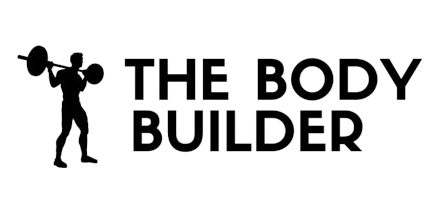Intermediate Hip Flexor and Quad Stretch
Intermediate Hip Flexor and Quad Stretch is a great way to help increase flexibility in the hip flexors and quadriceps. This exercise requires you to lie face down on the floor with a rope, belt, or band looped around one foot. Flex the knee and extend the hip of the leg being stretched, using both hands to pull on the belt. This will create tension in the hip flexors and quadriceps, and should be held for 10-20 seconds before repeating on the other leg. Doing this stretch regularly can help improve overall flexibility and mobility.
Type:
Stretching
Muscles Used:
Quadriceps
Level:
Beginner
Equipment:
Other
Benefits Of This Exercise
- Improves overall flexibility and mobility
- Strengthens the hip flexors and quadriceps
- Helps to improve posture
- Reduces risk of injury
- Decreases muscle tightness
- Promotes better body alignment
- Improves range of motion
- Enhances physical performance
Step by Step Instructions For Intermediate Hip Flexor and Quad Stretch
- Begin by lying face down on the floor.
- Loop a rope, belt, or band around one foot.
- Flex your knee and extend your hip of the leg that will be stretched.
- Use both hands to pull on the belt, creating tension in the hip flexors and quadriceps.
- Hold the stretch for 10-20 seconds.
- Repeat the same steps on the other leg.
Warm Up Tips
- Start by lying face down on the floor.
- Loop a rope, belt, or band around one foot.
- Flex your knee and extend your hip on the leg to be stretched.
- Use both hands to pull on the belt, creating tension in the hip flexors and quadriceps.
- Hold the stretch for 10-20 seconds.
- Repeat the stretch on the other leg.
Intermediate Hip Flexor and Quad Stretch Safety Tips
- Ensure that you have a secure and stable surface to lie on, such as a yoga mat or carpeted floor.
- Use a rope, belt, or band that is strong and in good condition to prevent any accidents or injuries.
- Start with a gentle pull on the belt or rope and gradually increase the tension as you feel more comfortable and flexible.
- Avoid overstretching or pulling too forcefully, as this can lead to muscle strains or other injuries.
- Listen to your body and stop if you feel any pain or discomfort during the stretch.
- Breathe deeply and relax your body while holding the stretch to enhance the effectiveness of the exercise.
- Make sure to stretch both legs equally to maintain balance and prevent muscle imbalances.
- If you have any pre-existing injuries or medical conditions, consult with a healthcare professional before attempting this exercise.
- Do not perform this stretch if you have recently injured your hip or knee, or if you have any inflammation or swelling in these areas.
- Always warm up your muscles before doing this stretch to prevent any strains or injuries.
Incorporating Into Other Workouts
To incorporate the Intermediate Hip Flexor and Quad Stretch into your workouts, you can follow these steps:
1. Warm-up: Begin your workout with a dynamic warm-up to prepare your muscles for stretching. This can include exercises like jogging, jumping jacks, or arm circles.
2. Stretching Routine: After your warm-up, move onto your stretching routine. Include the Intermediate Hip Flexor and Quad Stretch as one of the stretches in your routine.
3. Proper Form: Lie face down on the floor and loop a rope, belt, or band around one foot. Flex your knee and extend your hip, using both hands to pull on the belt. Make sure to maintain proper form throughout the exercise, keeping your knee and hip off the floor to create tension in the hip flexors and quadriceps.
4. Hold and Repeat: Hold the stretch for 10-20 seconds, feeling the tension in your hip flexors and quadriceps. Then, release and repeat the stretch on the other leg. Aim to do 2-3 sets of this stretch on each leg.
5. Frequency: Incorporate the Intermediate Hip Flexor and Quad Stretch into your workouts at least 2-3 times per week. This will help improve flexibility and mobility in your hip flexors and quadriceps over time.
6. Cool-down: After your workout, finish with a cool-down routine that includes static stretching. This will help relax your muscles and prevent post-workout soreness.
Remember to listen to your

